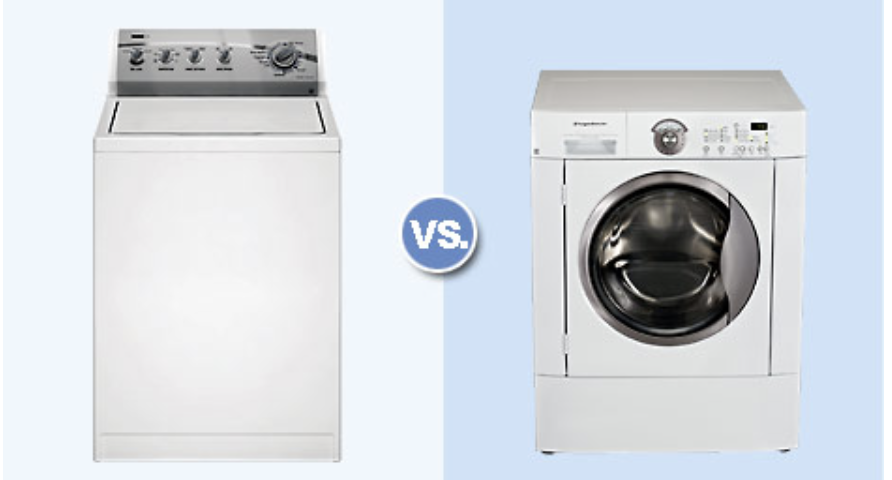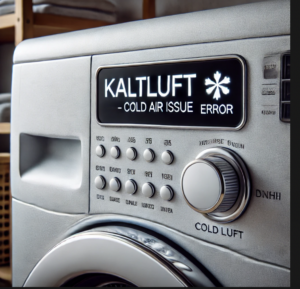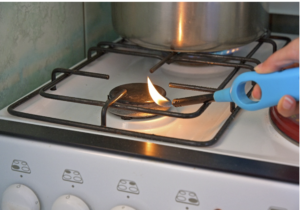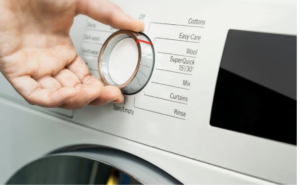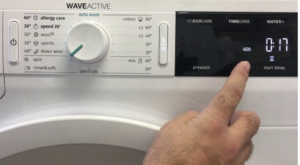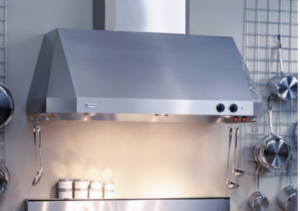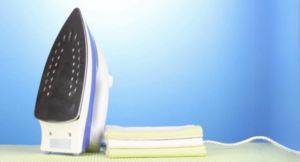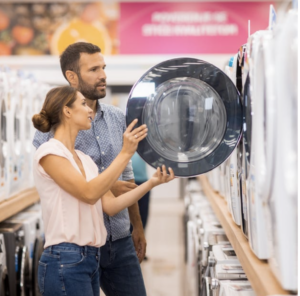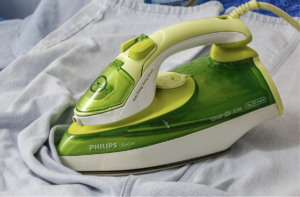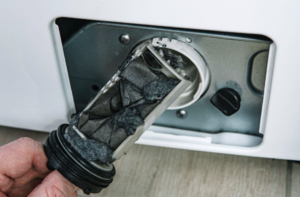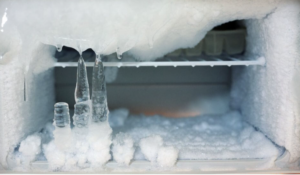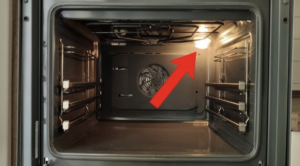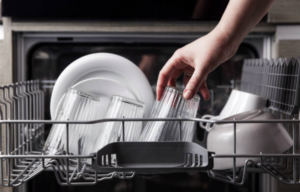
Spare parts for Washing Machines
Which washing machine to choose – top or front loading?
Years ago, top-loading washing machines were all the rage in Bulgaria. There was a logical explanation for this. In recent years, however, a much larger share of sales has been made by front-loading washing machines. The preference for these appliances is also understandable. Front-loading washing machines are more efficient than top-loading ones. In addition, the more preferred type of appliance is widely used for built-in or for placement in rental housing.
The type of washing machine you choose depends on several factors – your personal budget, as well as its intended use. The drum of front-loading machines rotates horizontally to clean clothes in a tumbling motion. This type of washing machine is also easy to use by shorter people or the disabled.
Front-loading machines generally use less energy and water than top-loading models. The rotation of the drum is gentler on fabrics than the washing method of the latter type of washing machine. Front-loading machines usually have a larger capacity to accommodate more clothes and bulkier fabrics like duvets.
Although not all washers of this type can be stacked, most manufacturers design them so that the dryer is placed on top. This saves space in the home. Front-loading washers are more expensive than top-loading models and often require more maintenance.

The design of the former type of appliance also means that more moisture is retained, especially around the door seal. Unlike top-loading models, most front-loading washing machines lock while they are running. This prevents leaks from the appliance if you decide to add clothes to the drum at the last minute.
Due to the slower and more delicate operation of the front-loading washing machine, the washing time is significantly longer than in top-loading models. The devices of the second type are divided into two types. The first is standard, in which there is a central agitator in the vertical drum. The second type of top-loading washing machines is highly efficient. In it, the agitator is a disk, but there are also models with an impeller in the lower part of the drum.
Top-loading washing machines are easy to load and unload. But they can be more difficult for people in wheelchairs or of shorter stature to use. Clothes can be added during the wash cycle in both standard and top-loading models. The fact is that top-loading washing machines clean clothes faster.
You can easily stop and start the cycle to add more laundry or let it soak. These types of machines require less maintenance and are easier to clean. In general, top-loading washing machines are cheaper than similar front-loading models. But they are not as efficient and environmentally friendly. Front-loading washing machines use more energy and water.

The cleaning of clothes is more aggressive, which leads to their faster wear. In addition, most top-loading washing machines cannot accommodate larger fabrics, such as duvets. Another inconvenience is the inability to place a dryer on top to save space. The lifespan of a standard top-loading model is 14 years, while for the other type of appliances it is a few years shorter.
Main differences between the two types of washing machines:
Front-loading | |
Lower electricity and water consumption | You can add clothes during a cycle |
Better washing and gentler on fabrics | Easier to maintain |
Can be built-in or combined with a dryer | Longer life |
